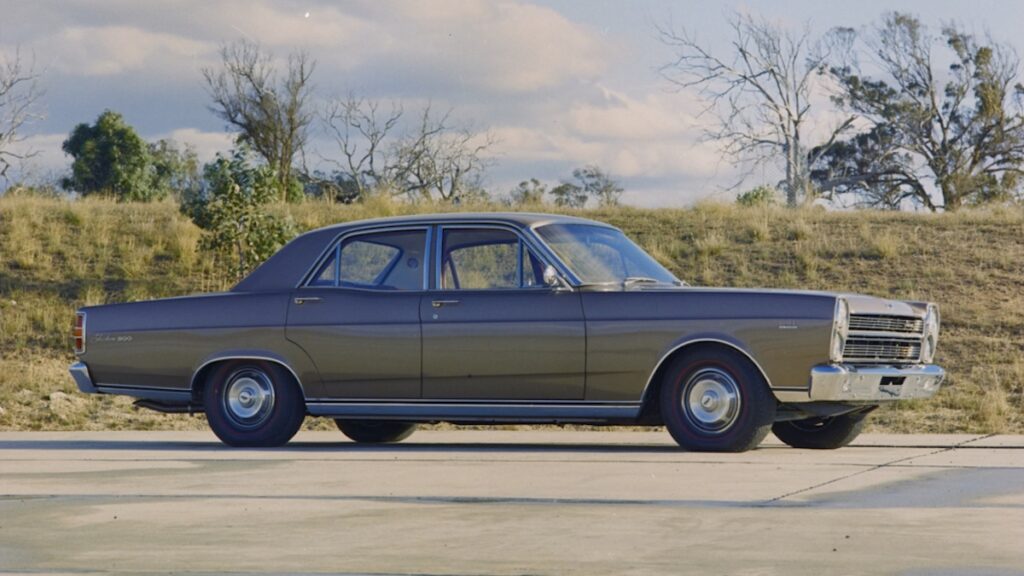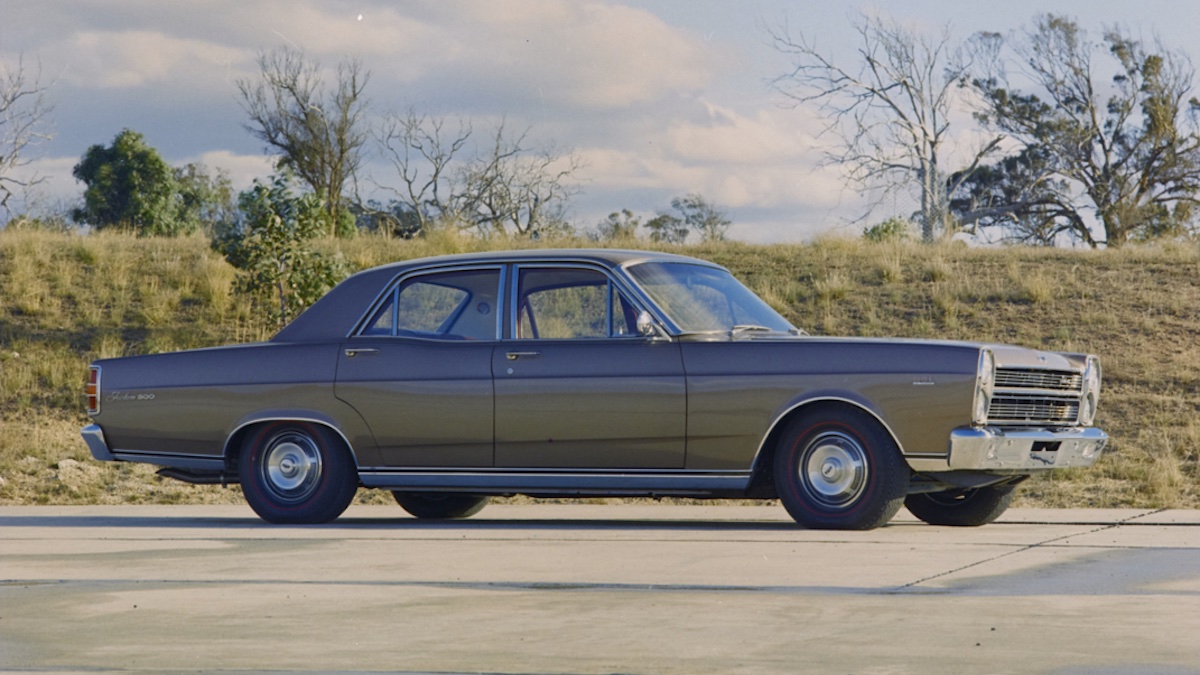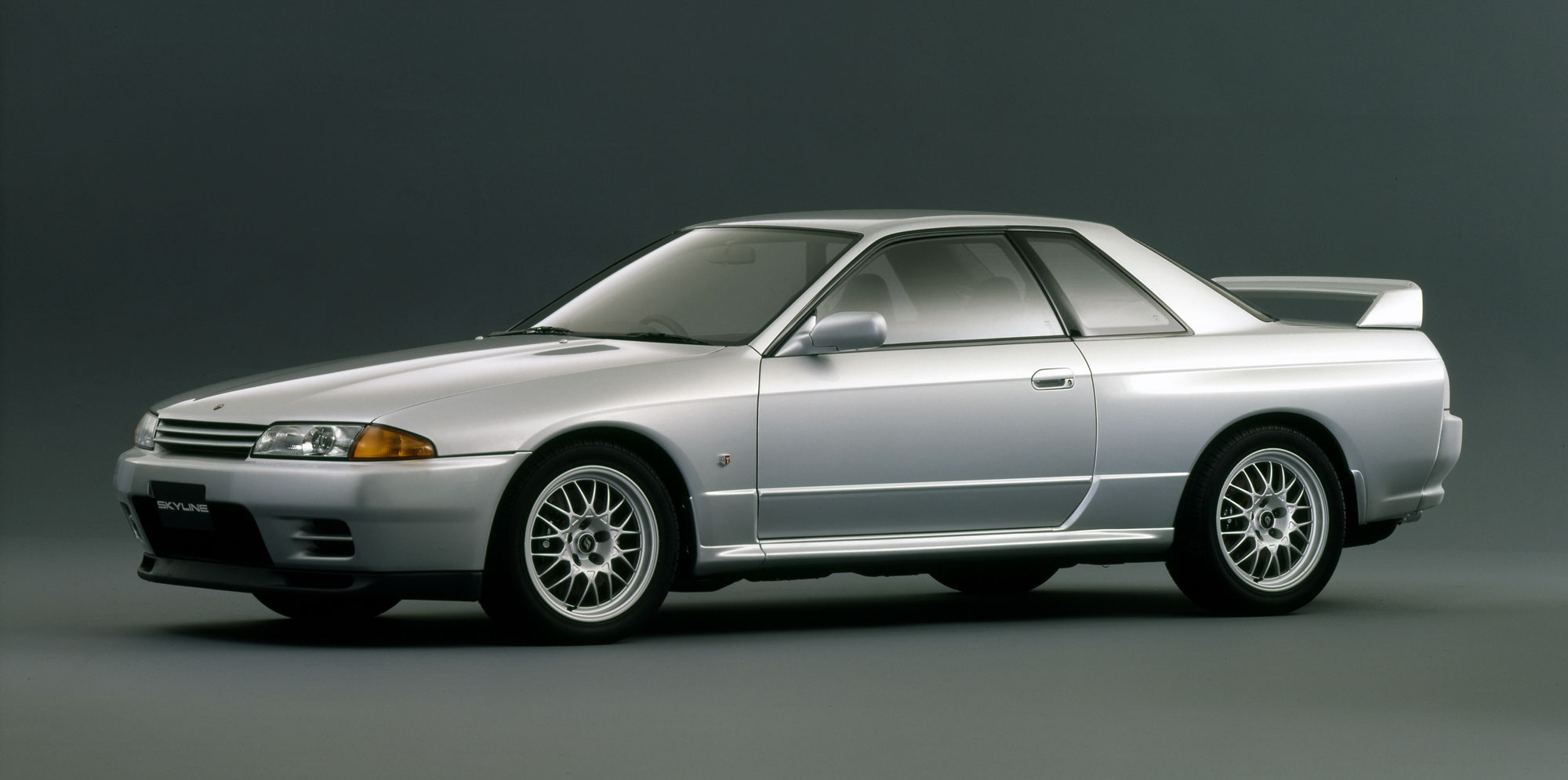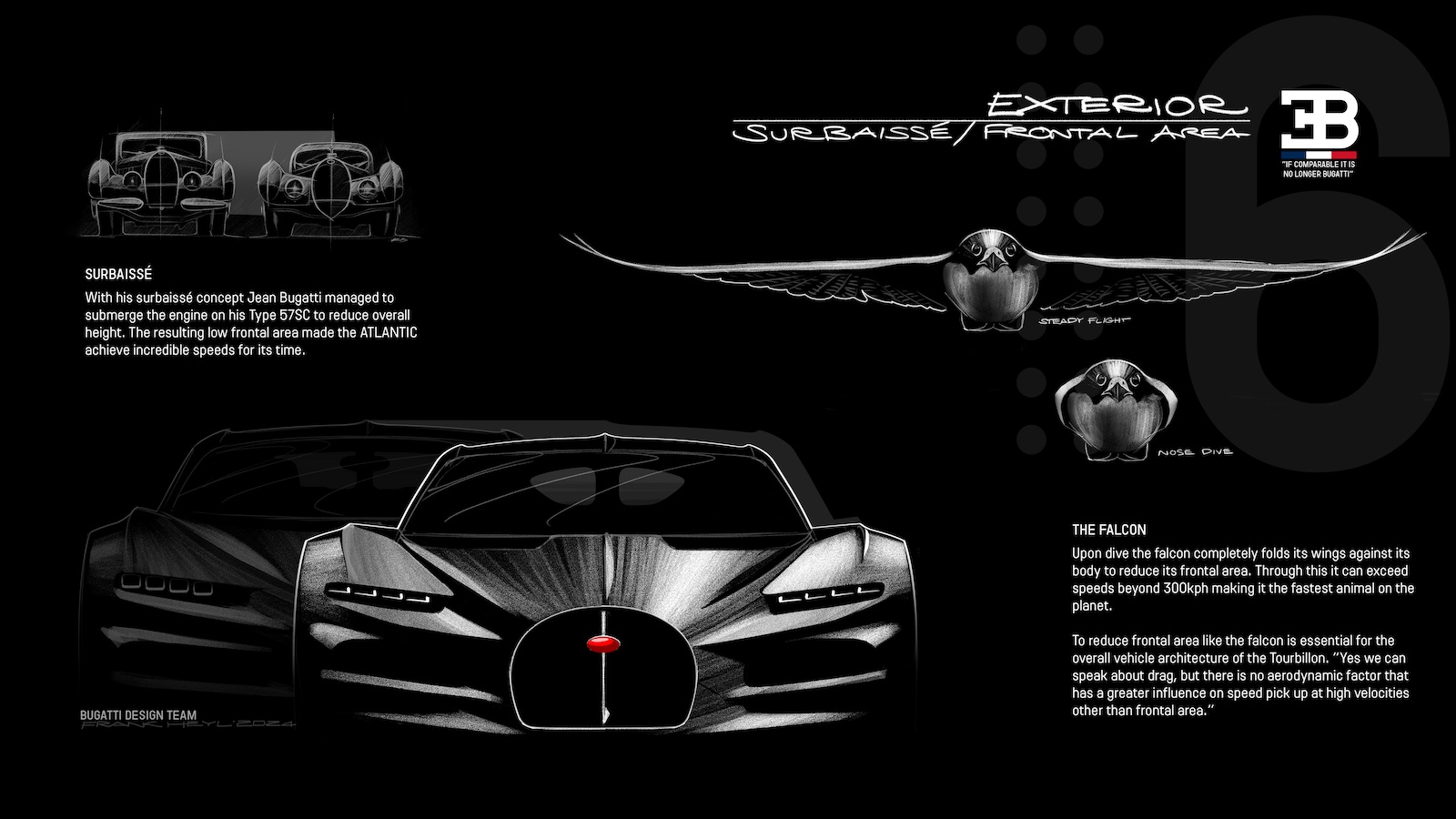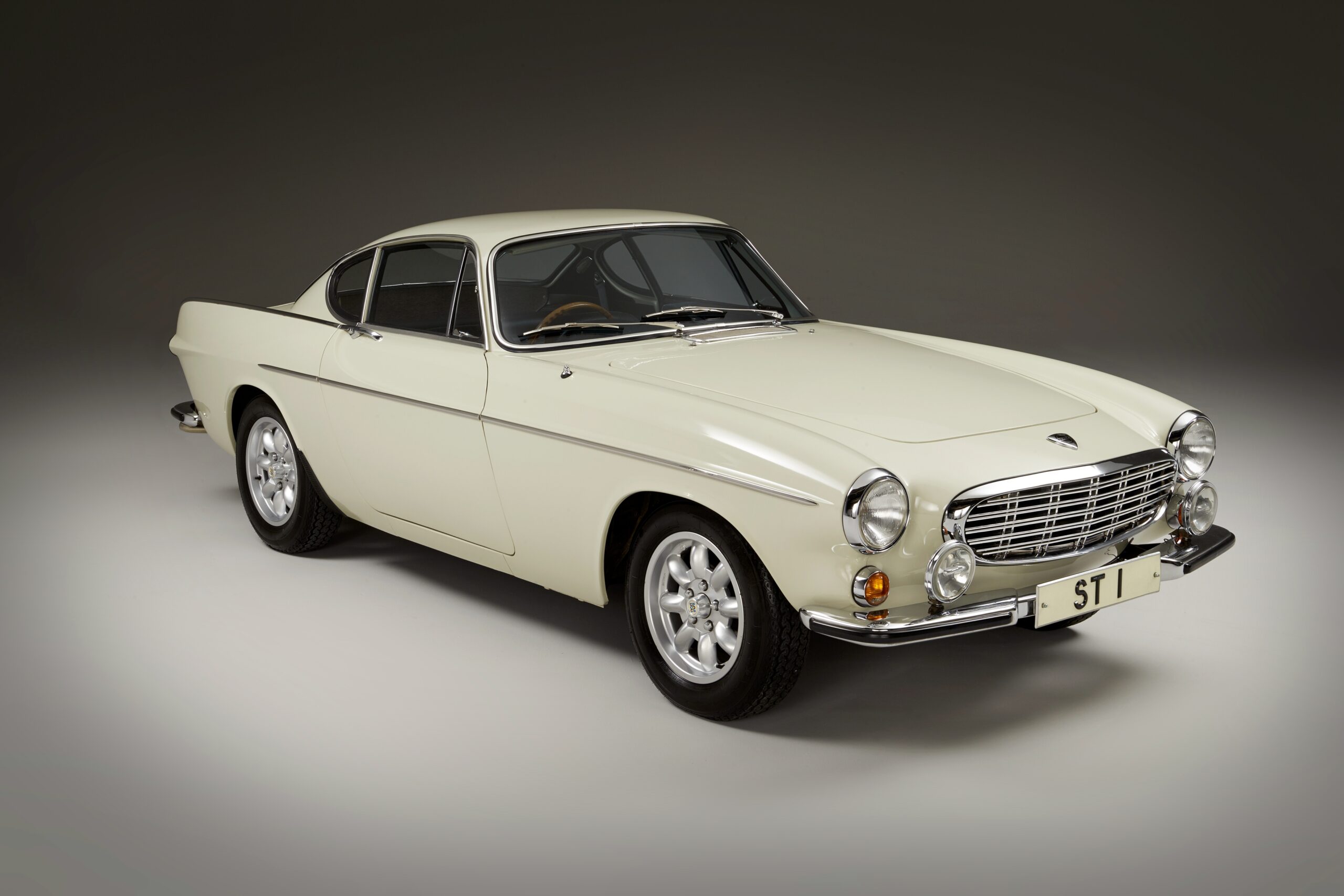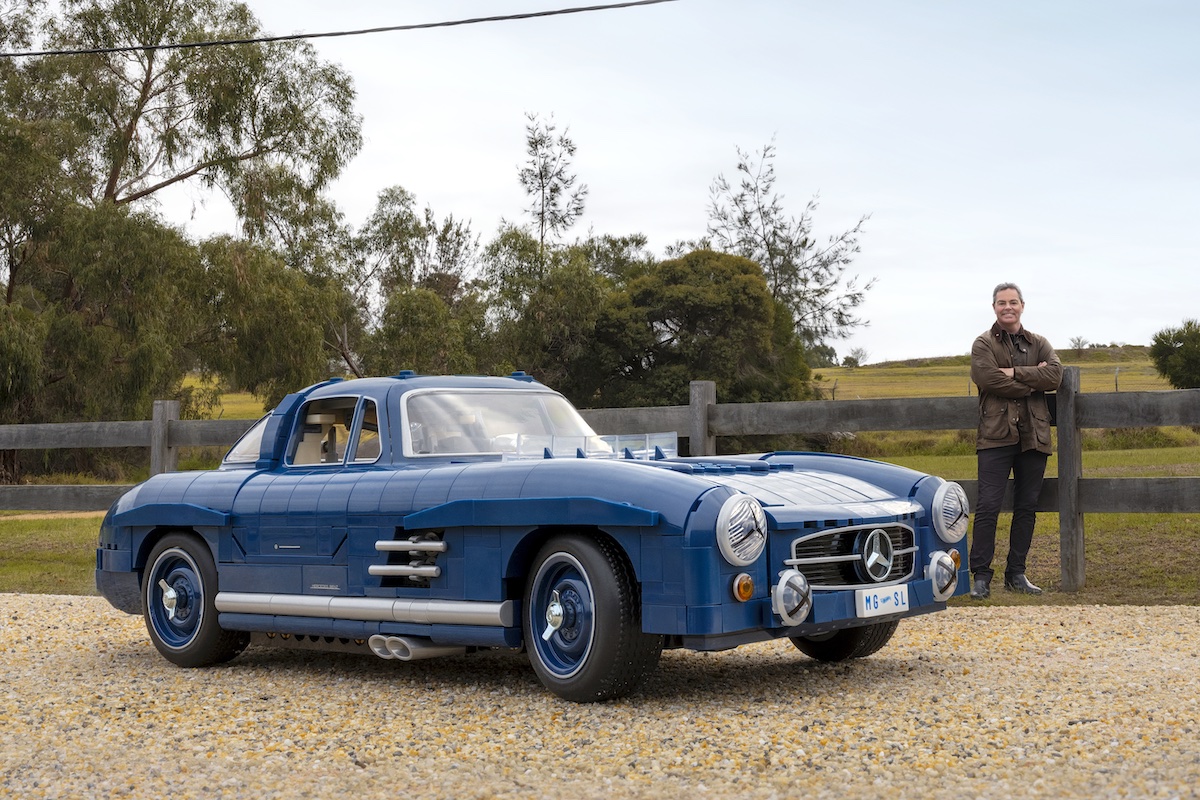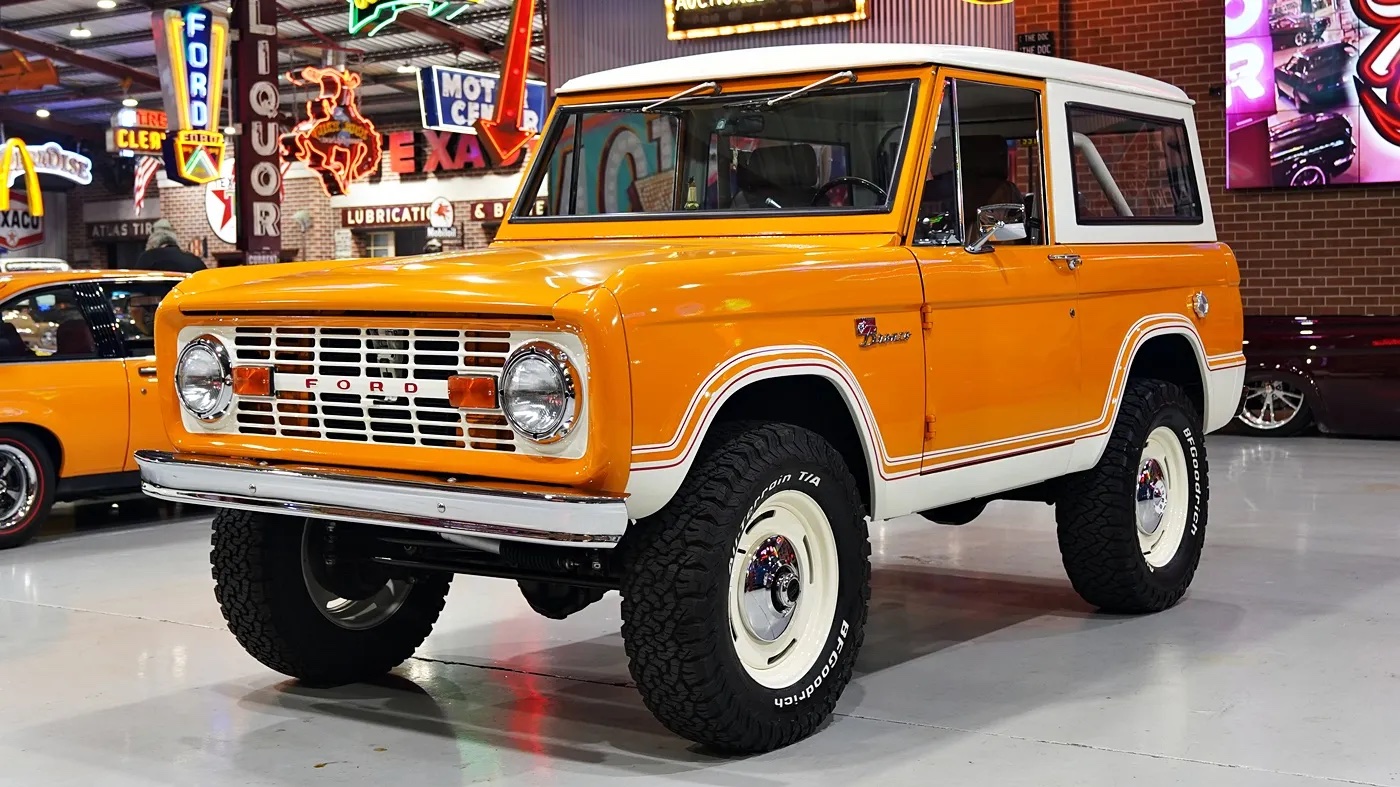Ford took Australia’s prestige car market by surprise in 1967 with the launch of its locally designed and developed ZA Fairlane. The Fairlane nameplate itself wasn’t new, having been originally introduced to Australia in 1959 as a locally-assembled version of the American Ford Fairlane, before Ford Australia switched its luxury focus to an Australian-assembled version of the full-sized American Ford Galaxie in 1964.
By 1967 the Broadmeadows-based outfit decided the time was right for an Australian-developed, luxury, long-wheelbase version of its Falcon/Fairmont sedans, designed to slot between the Falcon and the Galaxie.
The resulting ZA Fairlane, based on the XR Falcon, launched in March 1967 in Fairlane and Fairlane 500 guises with styling reminiscent of the 1966-67 US model. Production amounted to 8814 vehicles before the ZB replaced it in March 1968.
The ZB introduced only minor styling and feature upgrades but an enlarged 221-cubic-inch (3.6-litre) inline six-cylinder, up from its predecessor’s 200-cubic-inch (3.3-litre) unit, with the ZA’s 289-cubic-inch (4.7-litre) V8 also upgraded to 302-cubic-inch (4.95-litre) for the ZB.
The ZC Fairlane arrived in July 1969 with distinctive stacked headlights and carryover 3.6-litre six-cylinder and 4.9-litre V8 engines, but a new 351-cubic-inch (5.8-litre V8) now optional on both Fairlane Custom and Fairlane 500 variants.
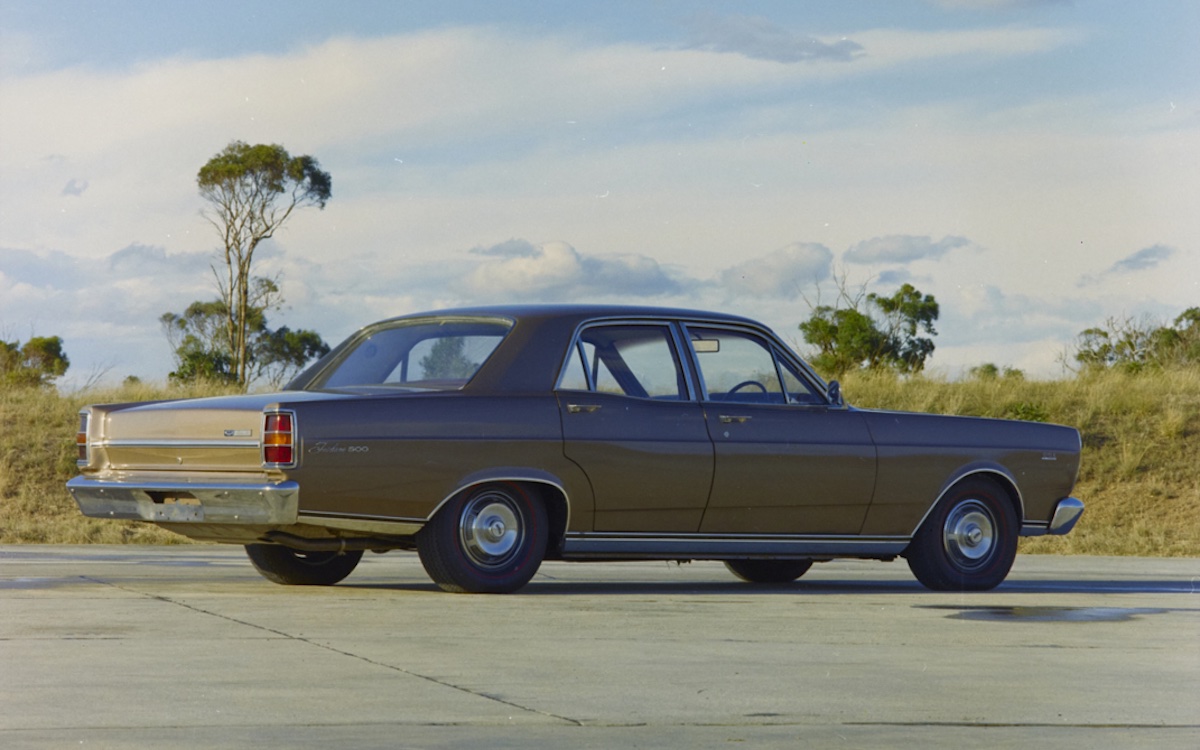
A Fairlane ZC Fairlane Custom with bench front seat, six-cylinder engine and manual transmission cost a princely $3330, but most ZCs were the 500 model which came standard with the 302-cubic-inch (4.9-litre) V8, automatic transmission, front disc brakes, power steering and reclining front bucket seats. A ZC Fairlane 500 without the metallic paint option cost $4195 back in the day.
Buyers wanting extra power (and who didn’t in 1969?) could specify the 351-cubic-inch (5.8-litre V8), which in ‘2V’ form developed 186kW. Also on the options list were items like the basic AM radio (an extra $123), air-conditioning and Australia’s first factory-fitted steel sunroof.
ZC Fairlane sales remained solid but didn’t enjoy the surge that Ford executives might have hoped, with 12,500 ZCs sold between July 1969 and November 1970, when the mildly restyled ZD arrived.
The key mechanical change for the ZD was the move to a larger capacity 250-cubic-inch (4.1-litre) six-cylinder as the base engine, with both V8s carried over. Visual changes were restricted to new tail lights, a chunky ‘egg-crate’ grille, additional body embellishment, and new hubcaps.
There was also a price increase aimed at moving Fairlane further upmarket from the company’s Fairmont with the resulting sales of 12,797 vehicles barely bettering the ZC total.
By this time, integrated air-conditioning was replacing the agricultural under-dash units that had been fitted for several years as dealer accessories. Vinyl roof covering also became a popular addition, as did vibrant colours such as Vermilion Fire and Wild Violet.
These bright colours and an extensive options list encouraged some of the more business-savvy Ford dealers to specify near-unique and very pricey – read, ‘highly profitable’ – Fairlanes for special customer orders, some of which survive today.
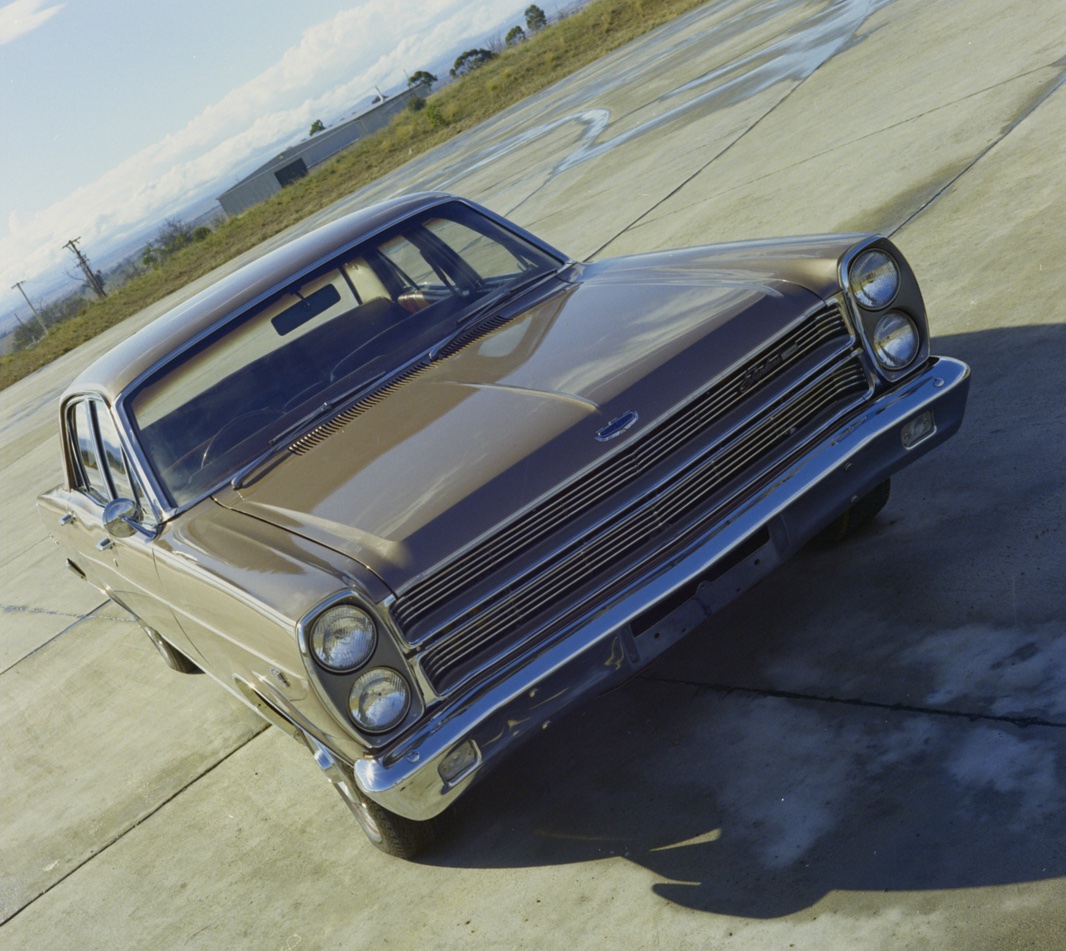
By the time Holden delivered its counterpunch in the form of the HQ Kingswood-based Statesman in July 1971 the ZD Fairlane was nearing the end of its production life and Ford was well established in the luxury, long-wheelbase space.
By early 1972 the Fairlane held more than 50 percent of Australia’s prestige-vehicle market and successfully fended of Holden’s Statesman challenge until the 1990s.
ZC-ZD model Fairlanes are sturdy old chariots but something that does threaten their survival is rust in the rear quarter panels, around the suspension mounts, and under the vinyl roof. Fortunately, most mechanical parts and some reproduction sheet metal and trim items remain available.
If buying for long-term ownership seek out a car with the best possible body and trim combination you can, even if it needs some mechanical improvement.
ZC-ZD Fairlanes in decent condition with the 302 V8 will generally cost $30-40,000, but for a factory 351 in perfect condition expect to pay $60,000+.
Things To Watch Out for When Buying a Used Ford Fairlane ZC-ZD (1969-72)
- Rust in floors, quarter panels, floors and under the vinyl roof covering
- Engine oil leaks
- Fuel leaks, especially with non-standard carburetors
- Cracked or sagging leaf springs
- Starter motor noisy and may jam
- Air-conditioner (where fitted) not working
Valuation Timeline: Ford Fairlane ZC-ZD (1969-72)
-
1995$9,000
-
2005$12,500+38.89%
-
2010$20,000+60%
-
2014$26,000+30%
-
2020$42,000+61.54%
-
2025$55,000+30.95%ZD 351

